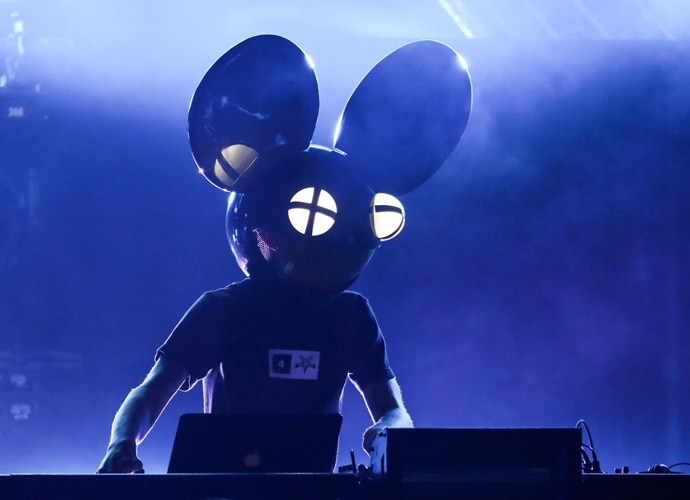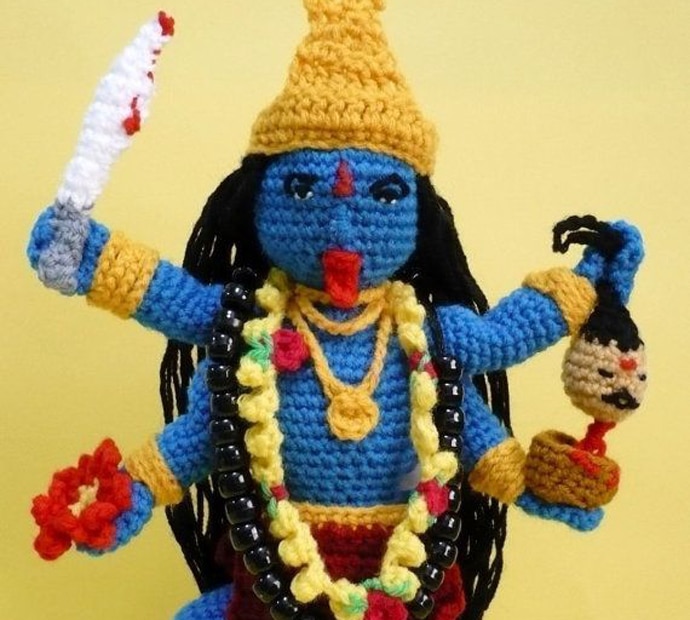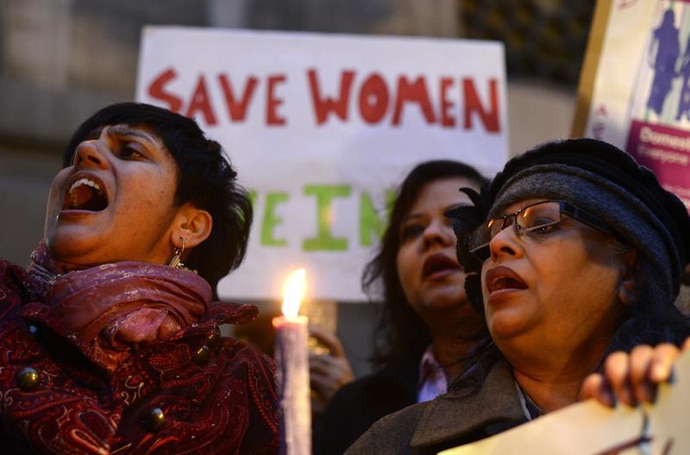An ode to anonymity: Princess Pea and battles against notions of perfect beauty

The box-like apartments that are so ubiquitous with their sandstone colored facades fixed with glass in Gurugram are a perfect paracosm for an artist feigning anonymity, engaging at once with the mundane and the fairytale.
The guard blurts out her name. He doesn’t say, Princess Pea. You expect a large head peering from behind the door, but it is a head much like yours.
The art of female alter egos and fascination with existential identity is not new. But Princess Pea is a work of fantasy, living in a high rise in a concrete fantasia. And now, she wants to become everyone. She has released her alter ego into the world of women by transferring the bulbous head onto them and noting down their lives in a journal.
“Are you a feminist?”
“No, but I believe in the essential equality between men and women,” Princess Pea says.
While endless debates on women’s status in society go on, the Indian art world has been witnessing its own revolution in terms of women artists who are using the “feminist aesthetic” to explore their social responsibility and finding their vocabulary that is both political and personal.
And like Princess Pea, many artists who are women are trying to put their perspective out there.
The year 2018 saw a strong set of exhibitions, including by women like Mithu Sen, who works with sexuality and subversion in a playful manner, Bharti Kher, who has maintained that it is up to the women to come forward and challenge patriarchy with their work and the anonymous Princess Pea, who can be categorised as the flaneur trying to document the invisible and unknown women and their experiences to put forward the feminist aesthetic by the process of 'dis-identity'.
“I create conditions for myself and others like me and you to seek and arrive onto ourselves. In the act of wearing the ‘head’, I am constantly looking for spaces of re-identifying ourselves outside of gender, social classifications, emotional and physical conditions. My practice is a search for real selves in an imaginary world or an imaginary self in the real world,” she says.
And after emerging on the scene with a big head a few years ago, Princess Pea is now transferring the head onto other women, with stories that she feels are important narratives in a society that still looks at women as lesser beings.

In art and music, there have been many who have created alter egos.
The legendary Guerilla Girls, a shifting collective of women artists founded in New York in 1985, wore gorilla masks for anonymity and famously said that you never know what comes out of your mouth when you wear a mask.
Deadmau5, aka Joel Zimmerman, never performs without his mouse mask, and of course, David Bowie who seamlessly transformed into Ziggy Stardust, his alter ego.
In fact, the Dadaist Marcel Duchamp stepped out in 1920 as his feminine foil, Rrose Sélavy, and thereby expanded the scope of conceptual and performance art.
Princess Pea’s artistic process is then about being a woman who is weighed down with expectations of perfection that start with the notion of a perfect body and beauty and then, the perfect idea of a woman.
Princess Pea doesn’t exist. Or, she exists as an extension of an indulgence of the artist’s imagination fueled by the experiences of having a body so lean that she was often asked to do something about it. Her anonymity is what she calls a “state of self treat.”
But the narrative is jarring. The huge bulbous head that stands on the artist’s lean frame, she says, plays out the weight of this conformity that we are all pressed by as a civilisation obsessed with beauty. And carrying this bulbous head, she struts in designer wear for magazine shoots, in an act of subversion.
“I'm Nobody! Who are you?” she asks.
The thing about the unknown, unnamed and the anonymous are that they are pseudo-someones.
Princess Pea, who claims she is anonymous but mostly everyone knows who she is, says she masks the process of becoming known as an antidote to a gendered world that conforms to notions of beauty.
In 2007, she set about making the head and one day, she saw a sprout coming out of it. That’s when she named it Princess Pea. That was the classic head with big eyes. And now, the third toy from her limited edition of design studio toys has arrived. She calls it Kali. When she was asked to do an exhibition at the Sakshi Gallery in 2017, she started playing with photographs and ripped them and burned them and somehow liked the ash.
“I didn’t want to make visually beautiful art,” she says.
As an artist, she wanted to be an activist, and that’s when she used the black of the ash in her collection of Kali toys.

Now, she drives through the cities of Gurugram and Delhi with the head in the car and randomly asks women if they would wear it and tell her their stories.
On the wall, there is a framed gold bird. Look closely and you see the wings, the body and the head made up of old fake gold jewelry, which was in vogue in the 1990s when brides would be decked in these. Her mother used to run a beauty parlour for middle-class women and when she was disposing of the jewelry, the daughter who had trained as an artist asked for the pieces that had adorned many women for their wedding rituals. Later, she used them to make the bird. That’s where her work emerges from - the collapse of the idea of perfection.
In her paracosm, almost a dreamscape with a alter ego that is a bulbous head, there are multiple intersections where one has to be in reality and live her own created parallel.
“The idea here is to stretch your daily routine and thrive in your manifested dreamscape. It's challenging as the real self fuels the alter self and they can be both unsettling in this volatile environment. The meditative space is then the door to many new answers or queries, that I continue to look for,” she says.
As she morphs into a performance artist, she says it is important to free the soul from the suffocation of “our societal worlds, to brave the snow, soak the sun and drench our beings in the rain. My many selves, says she, in Princess Pea is a manifestation of this ‘act of freeing’.
And although she might say she isn’t a feminist because the term itself has been hijacked, her artistic practice, she says, is narrated thereby in her living as Princess Pea who is an idea, a character, an alter ego, an escape maybe, liberation or whatever else you may choose to call it, depicted in performance,drawing, videos, installation, text and situations.
Princess Pea grew up in various parts of India as her father was posted in the army and she originally hails from Punjab. Growing up, she felt the pressure of body shaming. At the Delhi College of Art, she dug up works of women artists and wrestled with the idea of perfection. After working with miniature paintings, she started making wooden toys and then came the performative part where she made a head that she would wear as an ode to herself and her sister who was heavier than she was and was taunted too.

“Every point in your life, you are physically judged and the toy called 'Soul Sisters' is an amalgamation of her and I,” she says.
Soul Sisters, made in 2017, is an elongated head worn by two women.
“The head is a beautiful space for me. I become everyone when I wear it and it is almost enlightening,” she says. “In my classic head, the gaze was created for asking questions, about society's reasons for women being objectified. Growing up in a society where women were eye candy for a male audience. Women playing primarily aesthetic roles/aesthetic object forcing a patriarchal society.”
In March last year, she carried the white head, an extension of her alter ego, to Goa where she was on a residency at the HH Art Spaces and wandered around with the head.
“I met women who sit in their houses and make gardens and gardens. Every story I found there could be a book,” she says.
The green head, which was hers, and now the white head, which is transferable, are part of the act of confessions.
The project proxies, started with this idea of passing on the character, or living different lives and initiate an “exchange” of emotions, knowledge, life lessons, and to take notice of lives of different people.
And now, for the intense performances, she has created a black head.
“Anonymity gives the power to send the message across, equality in society. I started this project in 2008 when Facebook was buzzing with new accounts and online social existence became a part of our daily ritual. I was always sceptical about the whole idea of presence and the public projection. The ideas of Avatar was tinkering a lot at that time. To me, anonymity is luxury,” she says.
She describes her alter ego as “no sculpture or a toy – she is a being that plays the “other,” in the factual and the fictive.
“As I became more aware, I realised that we all love speaking our heart out but no one ever asked – what do we have to say women? Our struggle starts in the morning and ends in the night. It doesn’t matter which class we come from, how educated we are, it comes across as a struggle to in different degrees of humiliation, sometimes subtle, sometimes, obvious and on the face. This complex relationship between our beliefs and routine paralyses self-worth,” she adds.

With more performances coming up in the future, she is compiling her interviews of women and plans of making a book of invisible women with the narratives of struggle viewed as “usual”.
This is her female gaze coming out of a fictive head as she navigates the art of anonymity.
Maybe the articulation needs a little more conviction, a more nuanced approach to her project about transferring the alter egos on to women from different sections of society, and a little more disruption.
But perhaps intentions are good enough for now and maybe that’s what counts when the world is witnessing nothing less of a revolution where women are asserting themselves, coming out of the shadows and debunking myths about beauty and objectification as perpetrated by consumerism.
That’s the reason why the head rears itself against all things considered “beauty” and balances itself on a petite frame, ready to smash everything that limits a woman.

